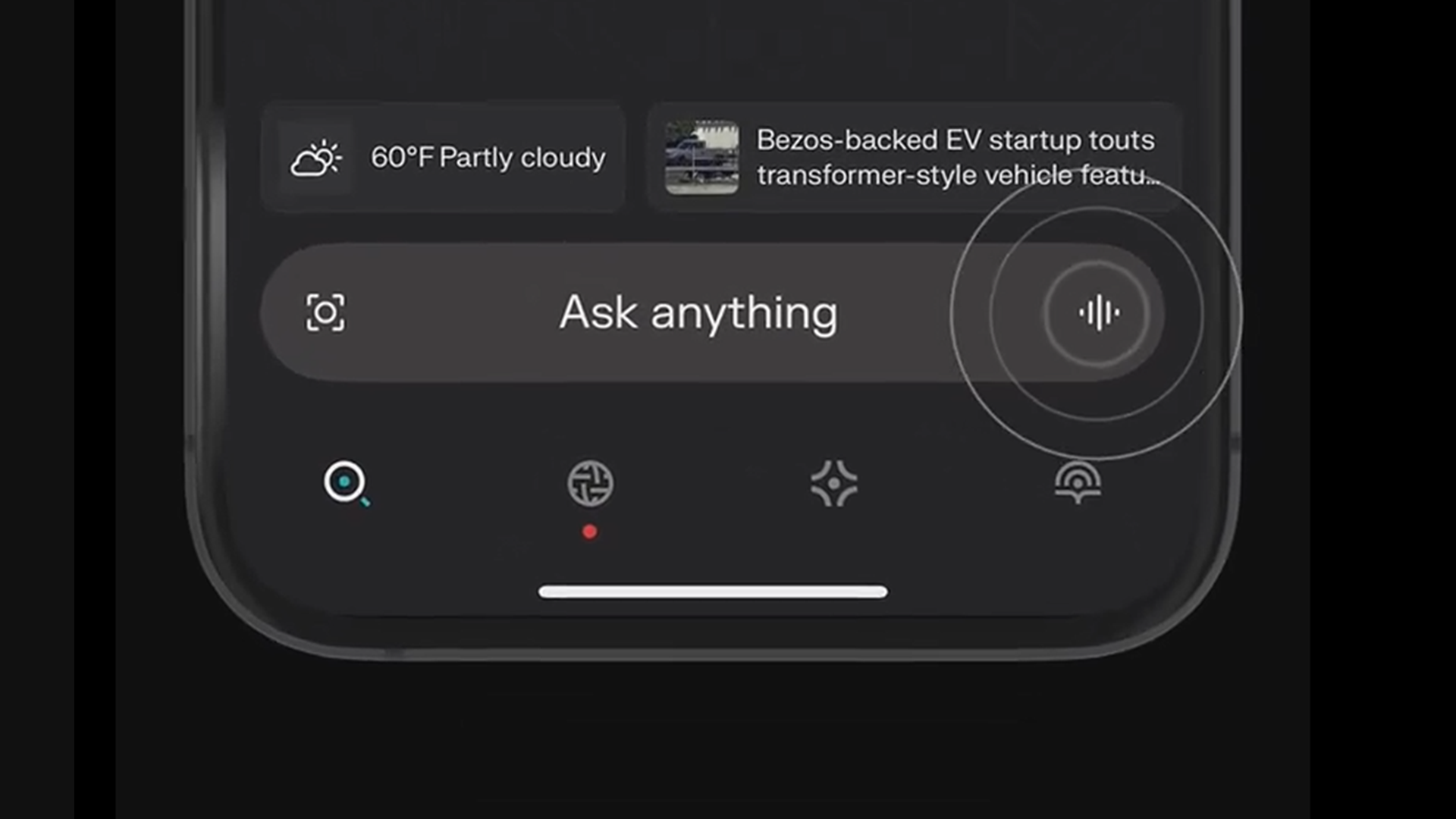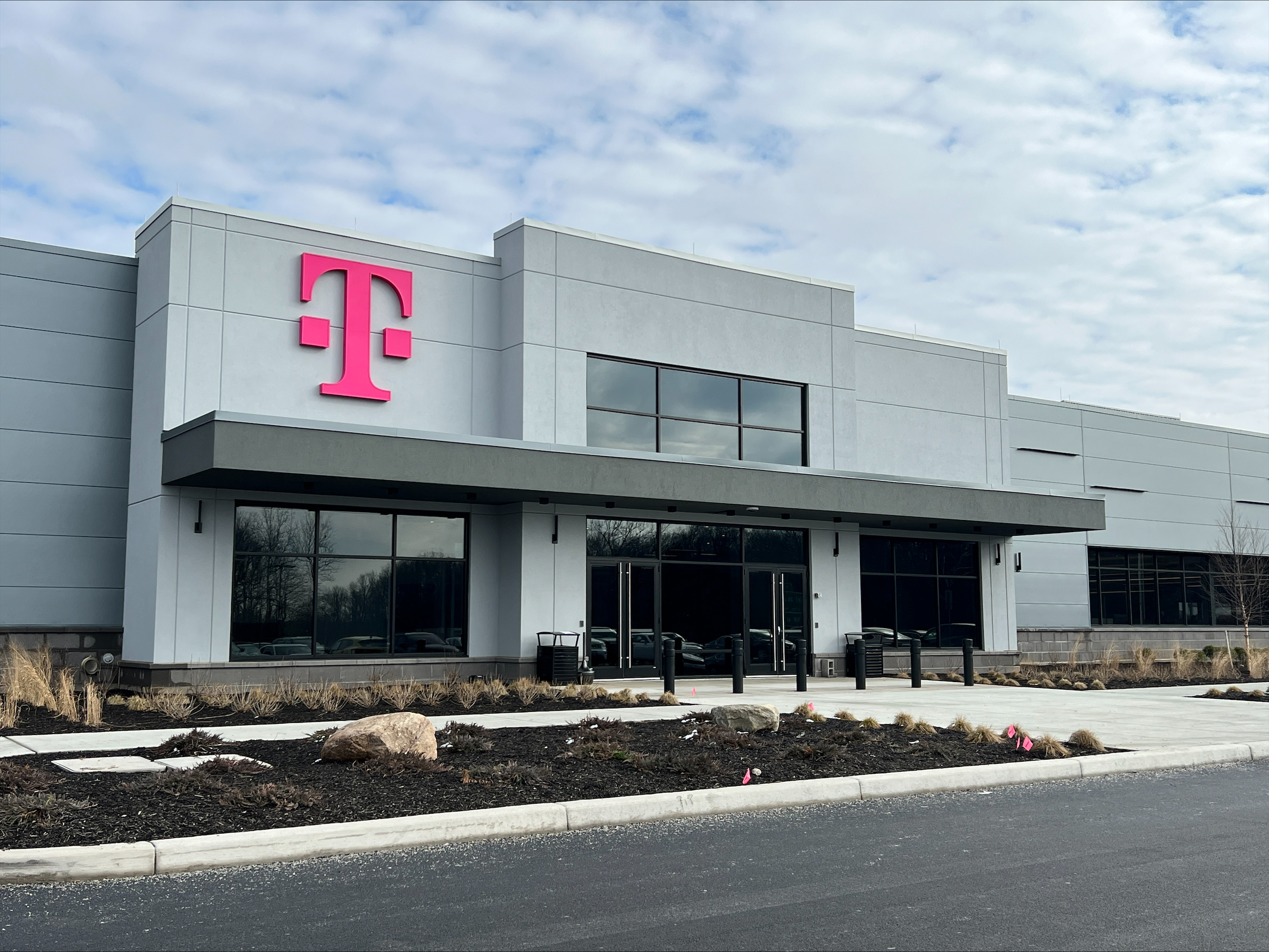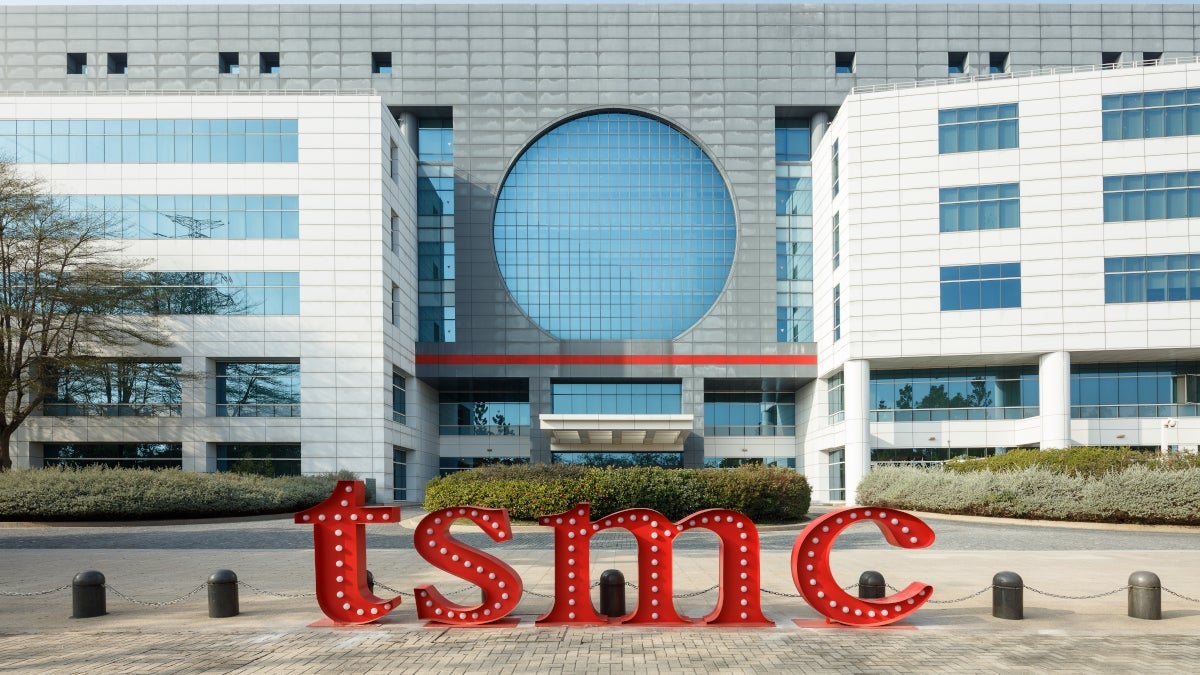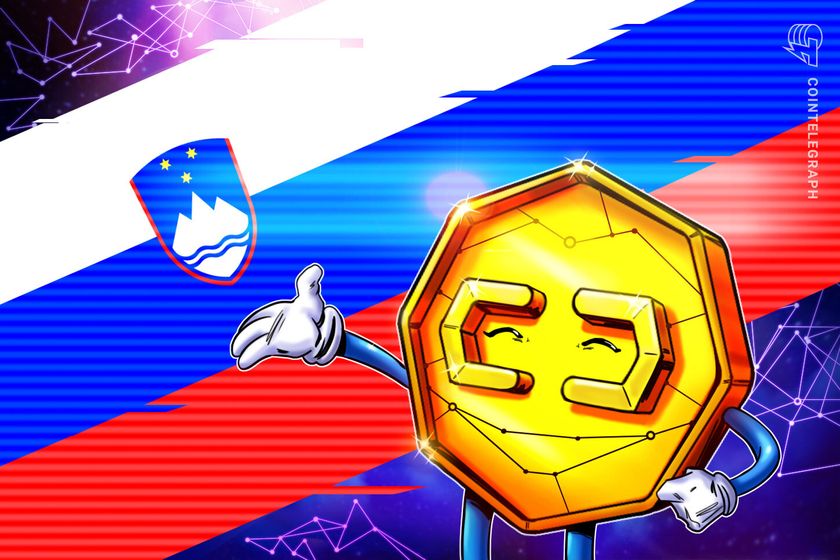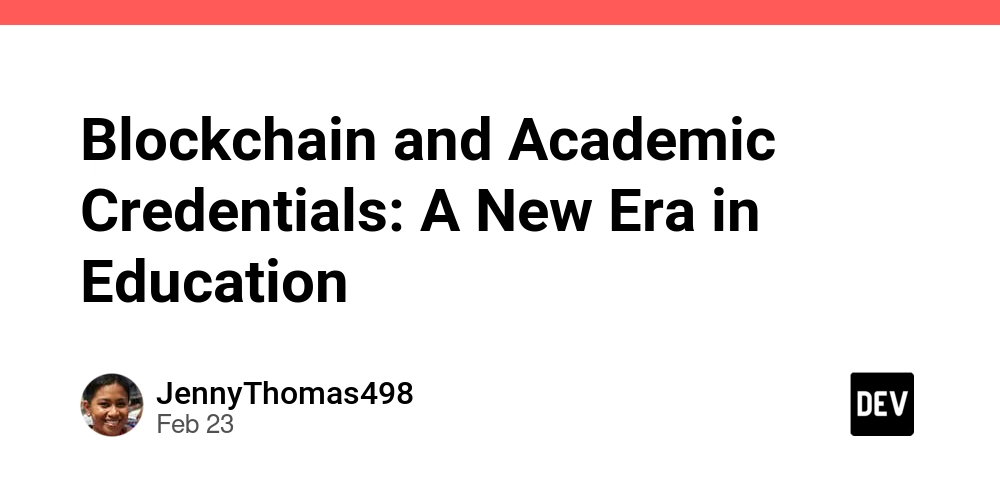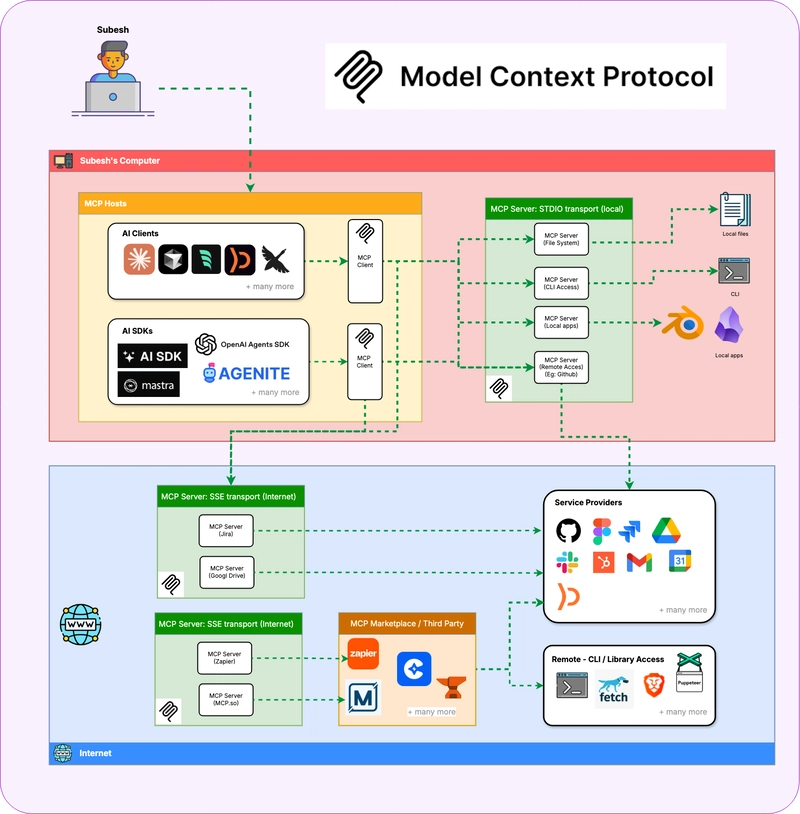What Does a Full-Stack WordPress Developer Do? A Complete Guide
WordPress is one of the most widely used content management systems (CMS) on the internet, powering over 40% of all websites globally. Its flexibility, scalability, and ease of use have made it the go-to platform for everything from simple blogs to large-scale enterprise websites. WordPress provides developers with the tools to create highly customizable sites without having to reinvent the wheel, leveraging themes, plugins, and a massive community of contributors. A Full-Stack WordPress Developer is a specialized professional who combines expertise in both front-end and back-end development. Unlike developers who focus on just one side, a full-stack WordPress developer is capable of handling everything from creating visually engaging interfaces to writing server-side code that powers dynamic functionality. They have a deep understanding of WordPress’s architecture and how to integrate themes, plugins, and databases to create high-performance, fully functional websites. This comprehensive skill set is essential for developers who want to build scalable and feature-rich WordPress sites that deliver seamless user experiences. What is Full-Stack Development? Full-stack development refers to the practice of working with both the front-end and back-end of web development. A full-stack developer is someone who is proficient in both the client-side (what the user interacts with) and the server-side (what powers the website behind the scenes) of a website or application. This includes everything from building user interfaces to writing the code that runs on the server and manages data in the database. Front-End Development focuses on the part of the website that users see and interact with directly. This involves HTML, CSS, and JavaScript to create the structure, design, and interactive elements of a website. Front-end developers ensure that the site is visually appealing, user-friendly, and responsive across devices. Back-End Development, on the other hand, deals with the server-side of the application. It involves writing code that runs on the server, handling data management, database interactions, and server logic. Technologies like PHP, MySQL, and server-side frameworks are typically used in back-end development. A full-stack developer integrates both front-end and back-end development skills, allowing them to build end-to-end solutions. They understand how the various parts of the system work together, enabling them to handle everything from user interface design to server-side logic, and manage the databases in between. This holistic understanding allows full-stack developers to create more cohesive and efficient websites. In contrast, front-end developers specialize only in the user-facing side of the application, while back-end developers focus solely on server-side functionality. Full-stack developers, therefore, have a broader skill set, offering greater flexibility and control over the entire web development process. Core Skills of a Full-Stack WordPress Developer A full-stack WordPress developer must possess a broad range of skills, spanning both front-end and back-end development, as well as an understanding of WordPress-specific features. Here’s a breakdown of the core skills every full-stack WordPress developer should have: Front-End Skills 1. HTML, CSS, and JavaScript HTML (HyperText Markup Language) is the foundation of any webpage, structuring content and creating the basic skeleton of a site. CSS (Cascading Style Sheets) handles the presentation, defining layout, colors, fonts, and overall design. JavaScript adds interactivity, enabling dynamic features like sliders, popups, and form validation. Full-stack developers should be comfortable writing clean, semantic code to create seamless user experiences. 2. Responsive Design Frameworks Full-stack developers need to ensure that websites function and look great on any device. Familiarity with responsive design frameworks like Bootstrap or Tailwind CSS helps in building mobile-friendly websites that adapt to various screen sizes, enhancing accessibility and usability. 3. Familiarity with WordPress Theme Development WordPress themes control the visual presentation of a website. A full-stack WordPress developer should have in-depth knowledge of theme development, from customizing existing themes to creating custom themes from scratch. They should also understand the WordPress Template Hierarchy, which helps in customizing pages and content layouts efficiently. Back-End Skills 1. PHP and WordPress Back-End Functions WordPress is primarily built on PHP, making it the core language for back-end development. Full-stack developers must be proficient in PHP to work with WordPress functions, hooks, and filters to add dynamic functionality to websites. Whether developing plugins or building custom themes, PHP is integral to creating interactive and data-driven sites. 2

WordPress is one of the most widely used content management systems (CMS) on the internet, powering over 40% of all websites globally. Its flexibility, scalability, and ease of use have made it the go-to platform for everything from simple blogs to large-scale enterprise websites. WordPress provides developers with the tools to create highly customizable sites without having to reinvent the wheel, leveraging themes, plugins, and a massive community of contributors.
A Full-Stack WordPress Developer is a specialized professional who combines expertise in both front-end and back-end development. Unlike developers who focus on just one side, a full-stack WordPress developer is capable of handling everything from creating visually engaging interfaces to writing server-side code that powers dynamic functionality. They have a deep understanding of WordPress’s architecture and how to integrate themes, plugins, and databases to create high-performance, fully functional websites. This comprehensive skill set is essential for developers who want to build scalable and feature-rich WordPress sites that deliver seamless user experiences.
What is Full-Stack Development?
Full-stack development refers to the practice of working with both the front-end and back-end of web development. A full-stack developer is someone who is proficient in both the client-side (what the user interacts with) and the server-side (what powers the website behind the scenes) of a website or application. This includes everything from building user interfaces to writing the code that runs on the server and manages data in the database.
Front-End Development focuses on the part of the website that users see and interact with directly. This involves HTML, CSS, and JavaScript to create the structure, design, and interactive elements of a website. Front-end developers ensure that the site is visually appealing, user-friendly, and responsive across devices.
Back-End Development, on the other hand, deals with the server-side of the application. It involves writing code that runs on the server, handling data management, database interactions, and server logic. Technologies like PHP, MySQL, and server-side frameworks are typically used in back-end development.
A full-stack developer integrates both front-end and back-end development skills, allowing them to build end-to-end solutions. They understand how the various parts of the system work together, enabling them to handle everything from user interface design to server-side logic, and manage the databases in between. This holistic understanding allows full-stack developers to create more cohesive and efficient websites.
In contrast, front-end developers specialize only in the user-facing side of the application, while back-end developers focus solely on server-side functionality. Full-stack developers, therefore, have a broader skill set, offering greater flexibility and control over the entire web development process.
Core Skills of a Full-Stack WordPress Developer
A full-stack WordPress developer must possess a broad range of skills, spanning both front-end and back-end development, as well as an understanding of WordPress-specific features. Here’s a breakdown of the core skills every full-stack WordPress developer should have:
Front-End Skills
1. HTML, CSS, and JavaScript
- HTML (HyperText Markup Language) is the foundation of any webpage, structuring content and creating the basic skeleton of a site.
- CSS (Cascading Style Sheets) handles the presentation, defining layout, colors, fonts, and overall design.
- JavaScript adds interactivity, enabling dynamic features like sliders, popups, and form validation. Full-stack developers should be comfortable writing clean, semantic code to create seamless user experiences.
2. Responsive Design Frameworks
Full-stack developers need to ensure that websites function and look great on any device. Familiarity with responsive design frameworks like Bootstrap or Tailwind CSS helps in building mobile-friendly websites that adapt to various screen sizes, enhancing accessibility and usability.
3. Familiarity with WordPress Theme Development
WordPress themes control the visual presentation of a website. A full-stack WordPress developer should have in-depth knowledge of theme development, from customizing existing themes to creating custom themes from scratch. They should also understand the WordPress Template Hierarchy, which helps in customizing pages and content layouts efficiently.
Back-End Skills
1. PHP and WordPress Back-End Functions
WordPress is primarily built on PHP, making it the core language for back-end development. Full-stack developers must be proficient in PHP to work with WordPress functions, hooks, and filters to add dynamic functionality to websites. Whether developing plugins or building custom themes, PHP is integral to creating interactive and data-driven sites.
2. Database Management (MySQL)
WordPress stores all of its data, including posts, users, and comments, in a MySQL database. A full-stack developer must have a solid understanding of database management and be able to write complex SQL queries to interact with the database efficiently. Optimizing database performance is key to maintaining a fast, responsive WordPress site.
3. Understanding of WordPress Architecture
Full-stack developers should have a deep understanding of WordPress's core architecture, including how themes, plugins, and custom post types work together to deliver a tailored user experience. This knowledge allows developers to create custom solutions that extend WordPress functionality while maintaining best practices.
Version Control
1. Proficiency in Git for Collaboration
In modern development workflows, version control is crucial for collaboration and managing code changes. Full-stack developers should be proficient in Git, using it to track code changes, collaborate with team members, and manage different versions of a project. Tools like GitHub or GitLab are commonly used for code repositories and collaborative work.
Other Essential Skills
1. API Integrations (REST API, GraphQL)
APIs (Application Programming Interfaces) are essential for connecting WordPress with external services. Full-stack developers should be comfortable working with the WordPress REST API or GraphQL to enable communication between WordPress and third-party applications. This is crucial for tasks like integrating payment gateways, social media, or external data sources.
2. Basic Security Practices for WordPress
WordPress sites are frequent targets for security breaches, making it essential for developers to follow security best practices. Full-stack developers should know how to protect WordPress from common vulnerabilities, such as SQL injection, cross-site scripting (XSS), and cross-site request forgery (CSRF). They should also know how to implement SSL certificates, secure login systems, and other hardening techniques.
3. Knowledge of Deployment Tools (e.g., Docker, CI/CD pipelines)
Full-stack developers must be comfortable with modern deployment workflows. Tools like Docker allow for creating consistent development environments across teams, while CI/CD (Continuous Integration/Continuous Deployment) pipelines help automate testing and deployment processes. Familiarity with these tools ensures that websites are developed and deployed efficiently, with minimal downtime.
Why Full-Stack WordPress Developers are Valuable
Full-stack WordPress developers bring immense value to any project due to their versatility and comprehensive skill set. These developers can manage both front-end and back-end development, ensuring that every aspect of a WordPress website is cohesive and fully optimized. Here’s why full-stack developers are essential in today’s web development world:
Versatility and the Ability to Manage Both Front-End and Back-End Development
One of the key advantages of a full-stack WordPress developer is their ability to work across both the front-end and back-end of a website. This versatility allows them to take a project from concept to completion without the need to rely on separate specialists for different parts of the development process. From designing user-friendly interfaces to developing complex server-side logic, full-stack developers can handle it all.
This reduces the need for constant back-and-forth between developers, streamlines the development process, and speeds up delivery times. It also ensures a more integrated approach to building websites, where both sides of the application work seamlessly together.
The Importance of Understanding the Entire Stack for Better Integration and Performance Optimization
A full-stack WordPress developer’s comprehensive understanding of both the front-end and back-end enables them to optimize the integration between these two sides. They are well-versed in how the front-end communicates with the back-end and how different elements of a website or application interact with one another.
For example, full-stack developers can fine-tune database queries to improve loading times or streamline the process of fetching data for dynamic content display. They understand the importance of optimizing both server-side functions and client-side performance to ensure a fast, responsive user experience. This holistic understanding often leads to better-performing websites that are more efficient and scalable.
Examples of Use Cases Where Full-Stack Skills Save Time and Resources
- Building Custom Plugins: Let’s say a client needs a custom plugin that integrates with a third-party service. A full-stack developer doesn’t just write the back-end code to handle API calls—they also ensure that the front-end components are displayed properly, ensuring a seamless user experience from start to finish. This ability to handle both sides saves time, as there's no need to wait for front-end and back-end developers to sync their work.
- Fixing Complex Issues: When a bug or issue arises, full-stack developers can quickly diagnose and resolve problems across the entire stack. For example, if a feature on the front-end isn’t working properly due to an issue with the database, a full-stack developer can troubleshoot both the front-end code and the server-side logic, making it easier to pinpoint and fix the problem. This reduces downtime and improves overall efficiency.
- Faster Prototyping and Deployment: In projects where speed is essential, full-stack developers can rapidly prototype and deploy new features. Their ability to manage both front-end and back-end tasks without waiting for other team members to complete their portions allows for quicker iterations and faster turnaround times. This can be particularly valuable in agile environments where deadlines and feedback loops are tight. Conclusion
As the web development industry continues to evolve, the role of a full-stack WordPress developer has become more critical than ever. These developers possess the ability to seamlessly handle both the front-end and back-end aspects of web development, ensuring that WordPress sites are not only visually engaging but also efficient, reliable, and secure. Their expertise allows them to optimize the entire development process, delivering solutions that work harmoniously across the entire stack.
With WordPress constantly advancing, the demand for versatile full-stack developers will only continue to rise. Their deep understanding of both user-facing design and server-side logic gives them the ability to build scalable, high-performance websites. Whether developing simple blogs or complex applications, full-stack WordPress developers are crucial in delivering comprehensive solutions.
If you're looking to harness the power of full-stack WordPress development for your next project, Glopbe is here to assist. Our team of experts specializes in creating custom WordPress themes and plugins, offering you tailored solutions that drive results. Get in touch with us today, and let us help you bring your WordPress vision to life.
For developers aiming to expand their skill set or businesses preparing for their next web venture, mastering full-stack development is a significant advantage. Engage with the vibrant WordPress community, share your experiences, and continue learning to stay ahead in this fast-moving field.








































































































































































![[The AI Show Episode 144]: ChatGPT’s New Memory, Shopify CEO’s Leaked “AI First” Memo, Google Cloud Next Releases, o3 and o4-mini Coming Soon & Llama 4’s Rocky Launch](https://www.marketingaiinstitute.com/hubfs/ep%20144%20cover.png)
















































































































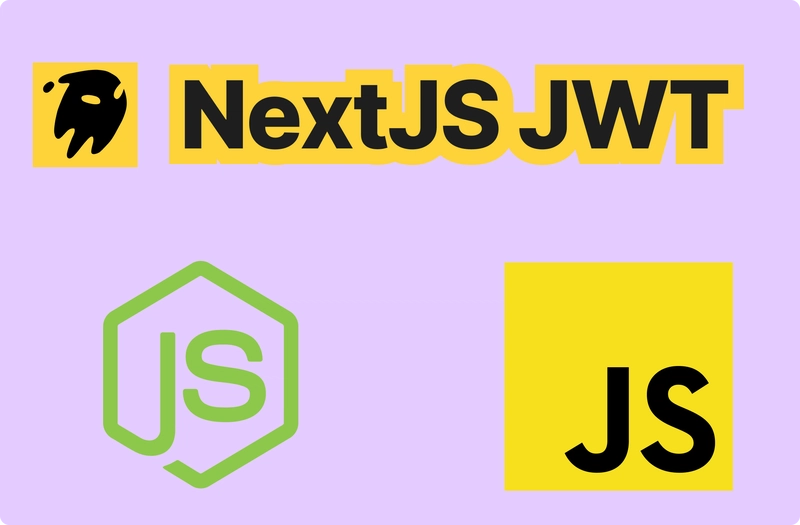

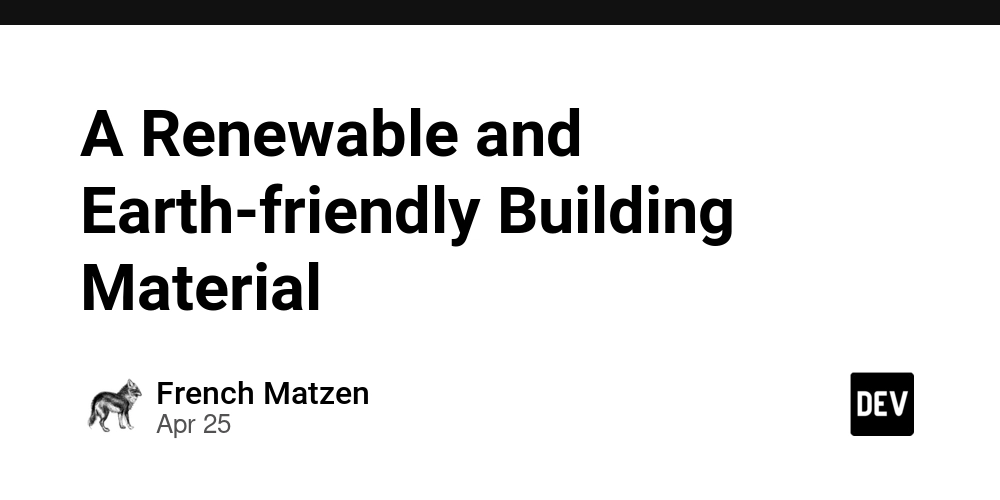
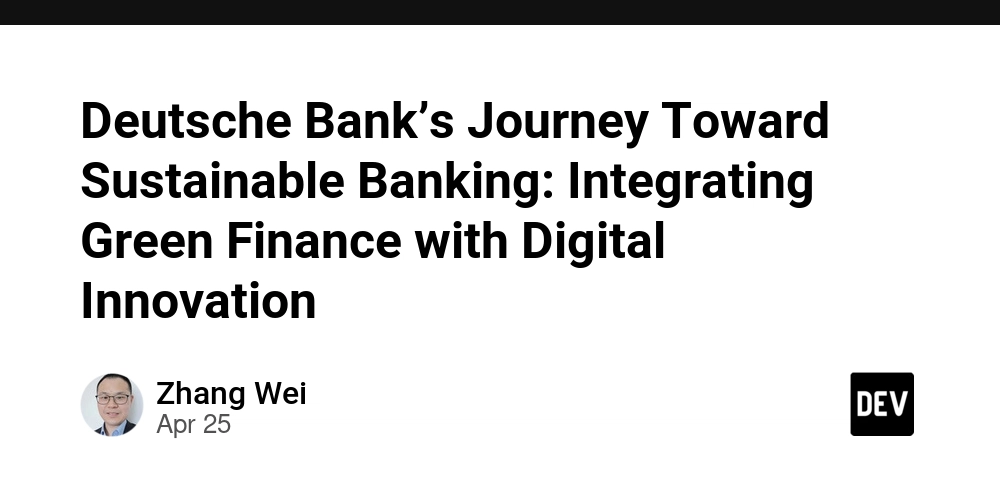













![[DEALS] Sterling Stock Picker: Lifetime Subscription (85% off) & Other Deals Up To 98% Off – Offers End Soon!](https://www.javacodegeeks.com/wp-content/uploads/2012/12/jcg-logo.jpg)












































































































.jpg?#)























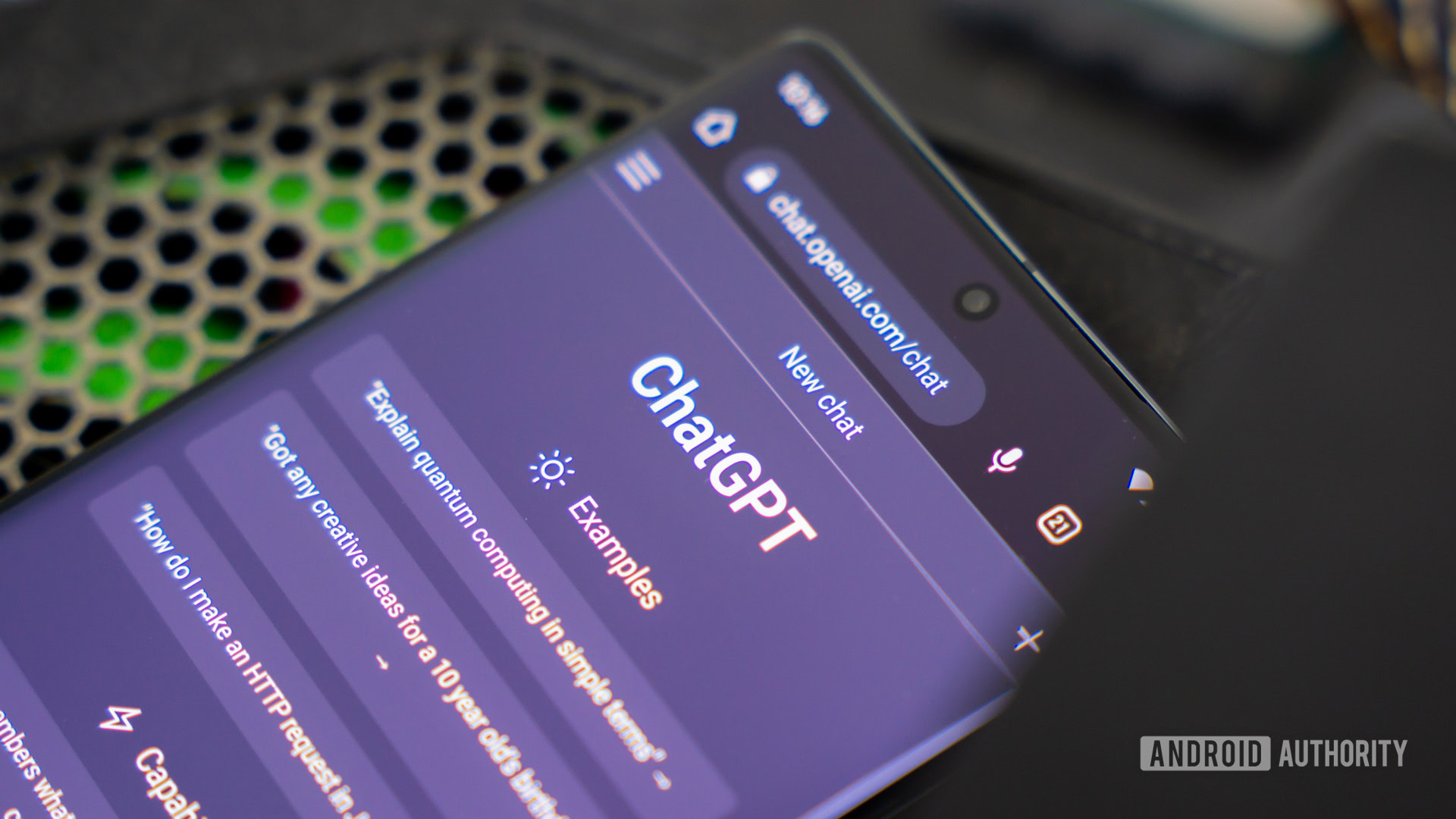


























































































































![Apple to Shift Robotics Unit From AI Division to Hardware Engineering [Report]](https://www.iclarified.com/images/news/97128/97128/97128-640.jpg)

![Apple Shares New Ad for iPhone 16: 'Trust Issues' [Video]](https://www.iclarified.com/images/news/97125/97125/97125-640.jpg)

















